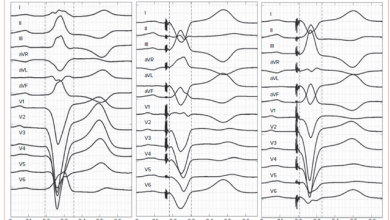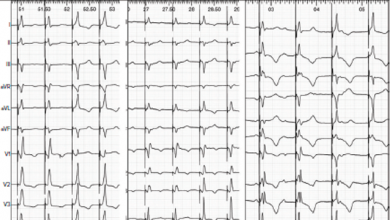Search results
Author(s):
Žarko Calovic
Added:
8 years ago
Clinical Evidence Demonstrating the Benefit of MultiPoint Pacing Cardiac Resynchronisation Therapy
Author(s):
Axel Kloppe
Added:
8 years ago
Article
Author(s):
Peter H Waddingham
,
Pier D Lambiase
,
Amal Muthumala
,
et al
Added:
2 years ago
Update in Cardiac Pacing
Author(s):
Nishant Verma
,
Bradley P Knight
Added:
3 years ago
Article
Electrical Mapping to Optimise Heart Failure Outcomes Following Cardiac Resynchronisation Therapy
Author(s):
David O’Donnell
Added:
8 years ago
Article
Author(s):
George Thomas
,
Jiwon Kim
,
Bruce B Lerman
Added:
3 years ago
CRT is an essential treatment for patients with heart failure and reduced ejection fraction as it can restore left ventricular (LV) electrical and mechanical synchrony. It has been shown to increase quality of life, improve functional status, reduce hospitalisation, improve LV systolic function and reduce mortality in properly selected patients.1,2 While CRT is an effective therapy, approximately…
View more
Author(s):
Ksenia Sedova
,
Kirill Repin
,
Gleb Donin
,
et al
Added:
2 years ago
Author(s):
Geoffrey F Lewis
,
Michael R Gold
Added:
3 years ago
Since the introduction of CRT more than 20 years ago, its role in mild to severe systolic heart failure has become well established. CRT has been shown to decrease mortality, reduce heart failure hospitalisations and improve functional status in patients with NYHA class II–IV heart failure and QRS prolongation, most commonly with LBBB pattern.1 One of the major limitations of CRT implementation…
View more
Author(s):
Marek Jastrzębski
Added:
2 years ago
Pacing for Vasovagal Syncope
Author(s):
Rakesh Gopinathannair
,
Benjamin C Salgado
,
Brian Olshansky
Added:
3 years ago
Article















